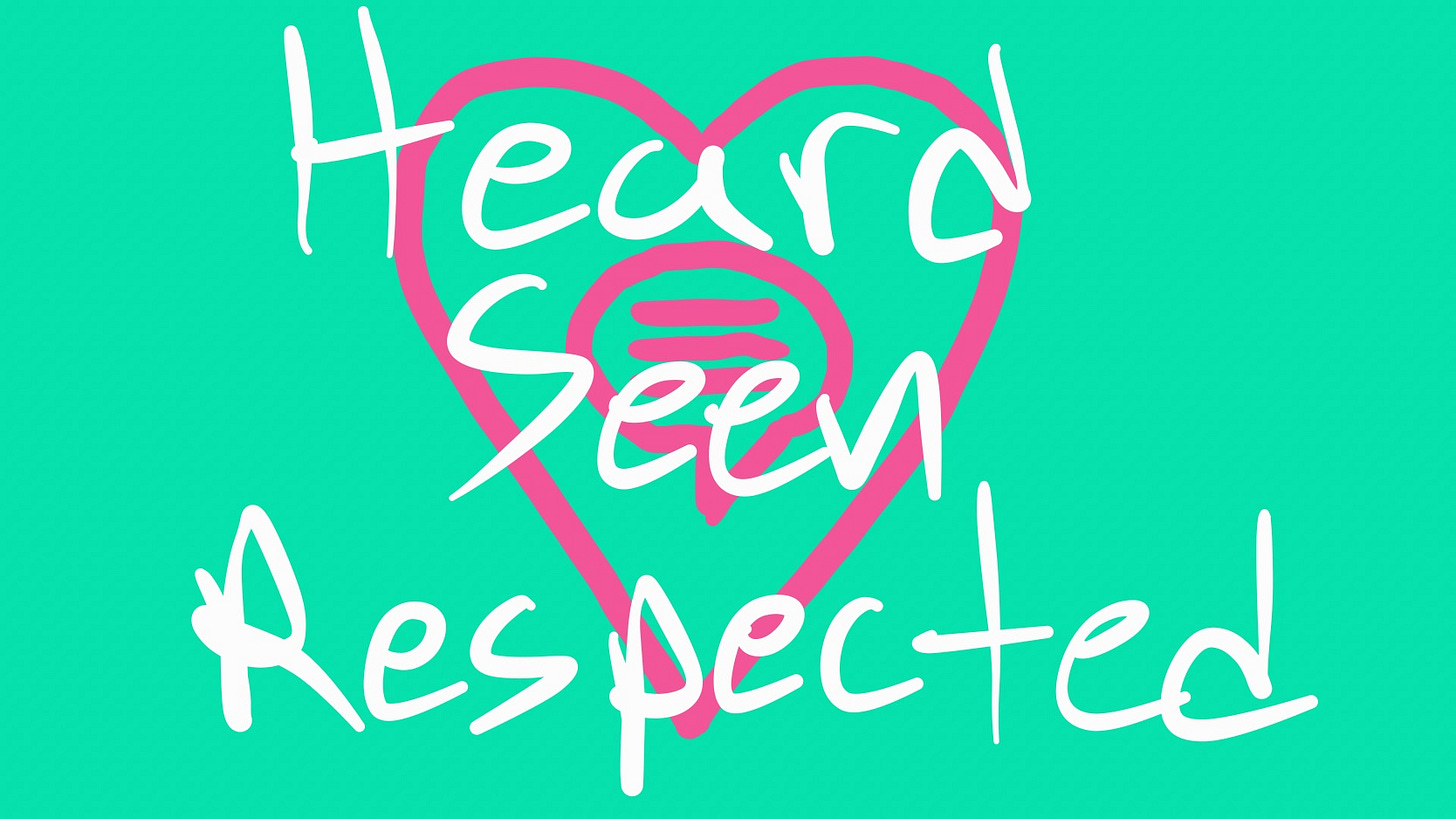
Last week I hosted a workshop so courageous, daring and impactful that it was downright foolish to take such a risk on exactly what I believed the context needed.
I was with a bunch of Agilists, trainers of Scrum Masters, Product Owners and other Agile Coaches. The vibe in the team of trainers was…
Careless:
At some point during lunch at a table of 12 people, someone1 asked if anyone would pass a box of hagelslag(chocolate sprinkles). Another person2 literally threw it across the entire length of the table, landing in the butter.
Aggressive:
Meetings include talking over one another. There’s a lot of “boys club” snarkiness, verbal sparring and sarcastic jokes. The first time I was there, yelling broke out over some unsolicited advice resulting in someone storming out of the office
Retaliatory:
At that lunch from earlier someone1 threw something back at person2*
*disclaimer person2 intentionally opened the door for it by asking someone1 to toss something to them. So there was some playfulness in the vibe.
Now I’m new to this context, so perhaps this is just the culture of the place. However I may be spending some time there and this behavior was alarming to me. So when the monthly retrospective came up, I volunteered to host it.
The tradition is to refer to this large copy of the team canvas for themes of the retrospective. As I thought about what the needs of the context were I noticed that the “Needs and Expectations” section was empty. What’s being avoided here?
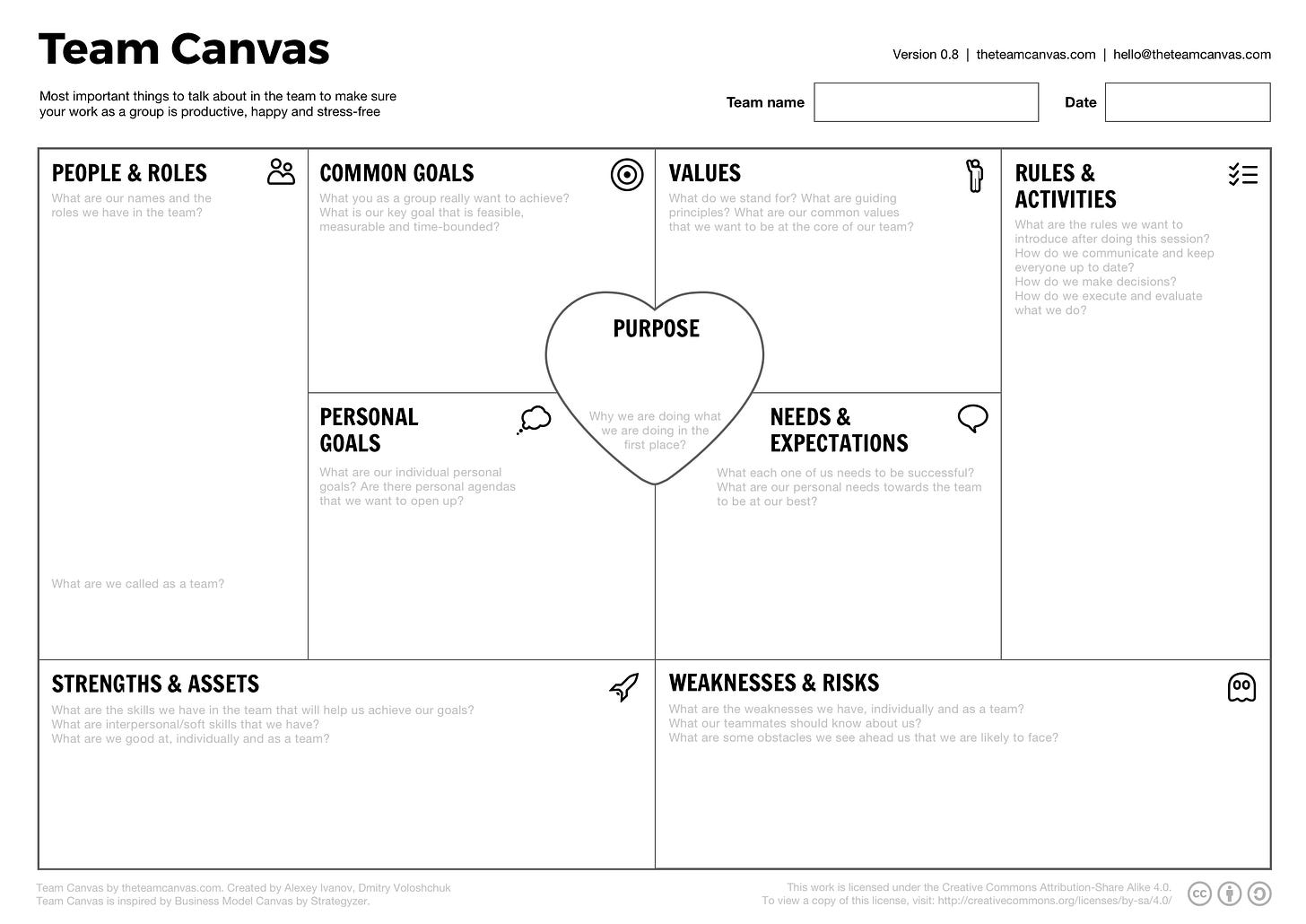
The design pattern that I like lately has been following this pattern of self reflection, connecting to others and sharing with the wider context.
Astute observers will recognize 1-2-4-All.
Many thanks to Leen Schelfhout and Dan Aelexi Lewis for helping to crystallize this pattern.
With this as a jumping off point I landed on a simple enough string of:
-
Spiral Journal for personal reflection
-
Heard Seen Respected(HSR) to connect that reflection to others and
-
Discover Action Dialog (DAD) to connect to the context
Spiral Journal is one of those silently-together/alone things.
-
Take a piece of paper,
-
Divide it into 4 quadrants,
-
Draw a spiral for 1 minute,
-
Responding to a prompt in each quadrant, do some silent journaling for 2 minutes each
For the prompts I took inspiration from Heard Seen Respected then I added the prompts from Grief/Transition Walking to get:
2 min: A time when I did not feel heard, seen and respected was…
2 min: That was challenging because…
2 min: What I will always remember and never forget is…
And
2 min: Now that I have reflected on this experience, it may be possible to…
After this I would invite everyone to find a partner and share their story,7 min per person. Reminding folks about active listening and offering 3 questions to guide the inquiry:
-
Anything else?
-
What was that like for you?
-
What happened next?
After both partners share, they then take 5min to talk about what it was like to both tell and listen to one another’s stories.
Then pairs join with another pair, forming a group of four, where they share reflections, looking for patterns, discuss the impact of them and summarize.
Then we come together to harvest as a group where we do the next thing, Discovery Action Dialog (DAD). DAD invites people into larger groups with a scribe to take notes and a host to ensure all of the following 7 questions are answered.
-
How do I know when being heard/seen/respected is absent?
-
What do I do to address this problem?
-
What prevents me from doing these things all the time?
-
Who do I know is not stopped by what stops us and is able to solve well for this? What do they do?
-
Any new ideas?
-
What needs to be done to make it happen? Any volunteers?
-
How do we get started? Who else needs to be involved?
This set of questions helps us to not only explore the solution space, but to fill it in with existing better than normal practices. We call these behaviors “positive deviance” because they break patterns so common we come to see them as rules, but with a positive net result.
I knew this was a high risk maneuver in that context with the reigning vibe. The real question that kicked me over into the fuck-it-YOLO territory was this:
Do I want to conform to this vibe or do something about it?
Introducing a difference to influence the norms will always trigger a response. What can I better live with, the status quo or the response? So I determined to go for it and if they rejected this move, then I wouldn’t be able to thrive in this place even if I could survive it.
Lets Fucking Go.
Retrospectives technically have 5 steps:
-
Set the stage
-
Gather data
-
Generate insight
-
Decide what to do
-
Closing
So to set the stage I pointed to the Needs and Expectations section of the canvas and said:
“Filling in this gap is our target today. I have a workshop consisting of three LS moves that will include some silent journaling, small group conversations and group discussions.”
I launched right in and some people lost their minds during the Spiral Journal. Some didn’t want to draw the spiral, some didn’t want to journal and some didn’t get where this thing was going. It appeared I had overspent my social capital.
I accepted the resistance and found my breath. Other participants asked those talking to be quiet, clarified the goal they had understood from where the session was going and carried on. I continued on to Heard Seen Respected. Many pairs decided to leave the office for the 20min 1-1.
I practiced my patience and did my favorite thing in the world: stood with my hands in my pockets, looking out the window and stared at the sky. Everyone came back in time to gather in groups of 4.
“All” showed me that they had taken the conversations quite seriously but were not willing to share any of the content of their stories with the rest of the group. This tells me a lot about the current state of psychological safety and sense of security in the group.
DAD went well enough until the talking over one another occurred and one participant, like a hero, said “this is exactly what I’m talking about when I can’t get a word in and people interrupt and talk over me, I feel like I’m not seen.”
The elephant had entered the conversation.
The vibe instantly shifted.
Really everything before was a preamble to make that moment possible.
Not just so that a person could say it, but that the rest of the group could hear and accept it as something that mattered.
Flash forward to the end:
Compliments to the chef for not only holding the space but daring to invite the unspeakable.
I asked the scribe to recap their notes, we added them to the canvas. I thanked everyone for the time, attention and energy.
It appears I had survived.
Update: spoke too soon. The following week my contract was terminated.
If I had to do it again, and I almost certainly will, I would have included an accusation audit in the setting of the stage. This move does a great job of expressing empathy, self-awareness and can help people to lower their defenses.
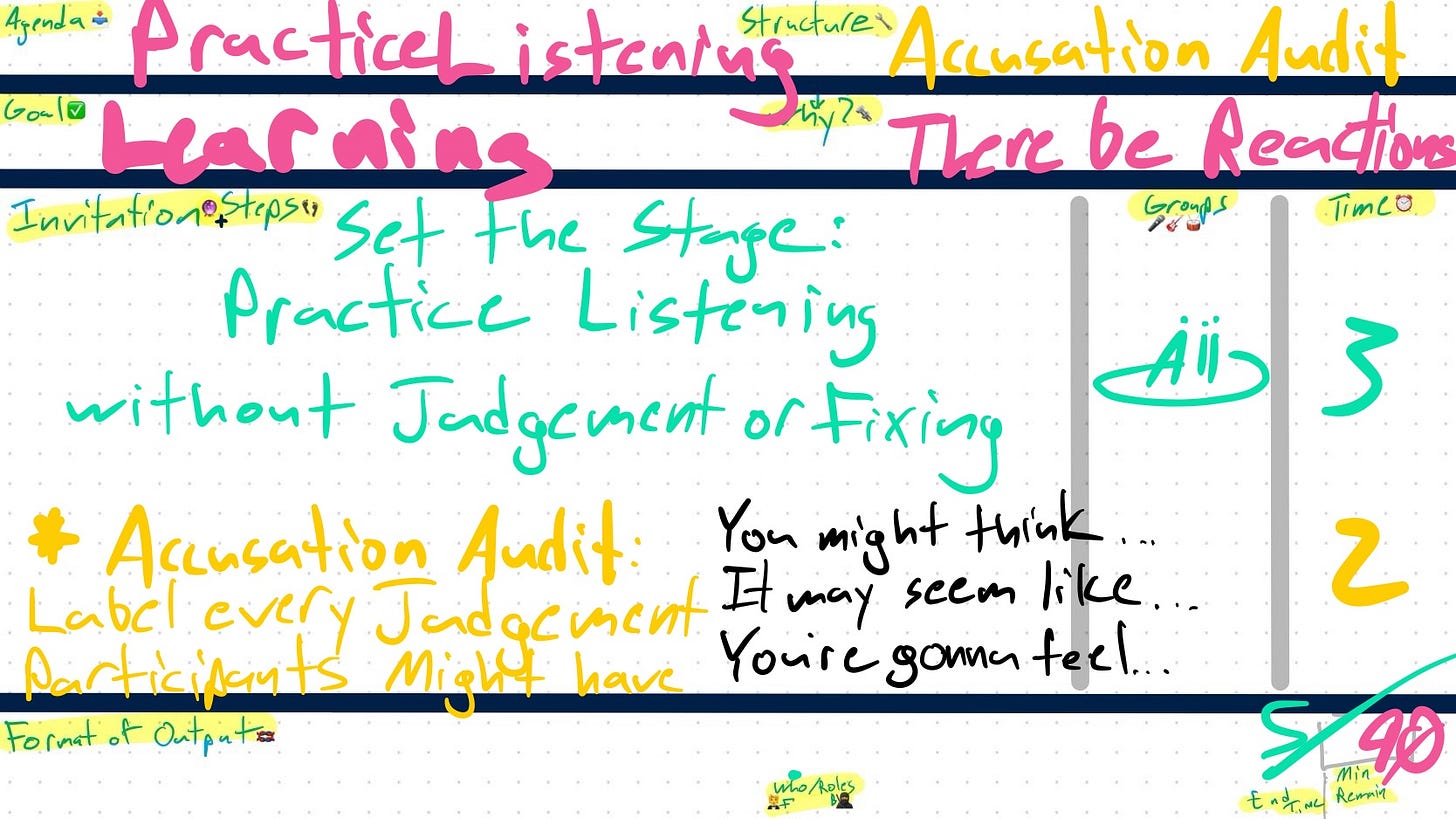
Heard Seen Respected, because it touches very strong emotions, is one of the least appreciated moves in the LS catalog. Nevertheless it is also one of the most powerful in terms of building trust and transforming relationships
Use with care.
In the Liberating Structures community of practice we do this thing we call “stringing.” This is where we take a set of LS and string them together so that the output of one structure becomes the input of another. In the example above this can be seen as the way we go from Spiral Journal as a solo exercise, then take the content of that Journal into Heard Seen Respected to interact about it and ending with Discovery Action Dialog highlight the solution space for the previously defined challenges. Each structure builds on the last in quite a linear way, clear enough.
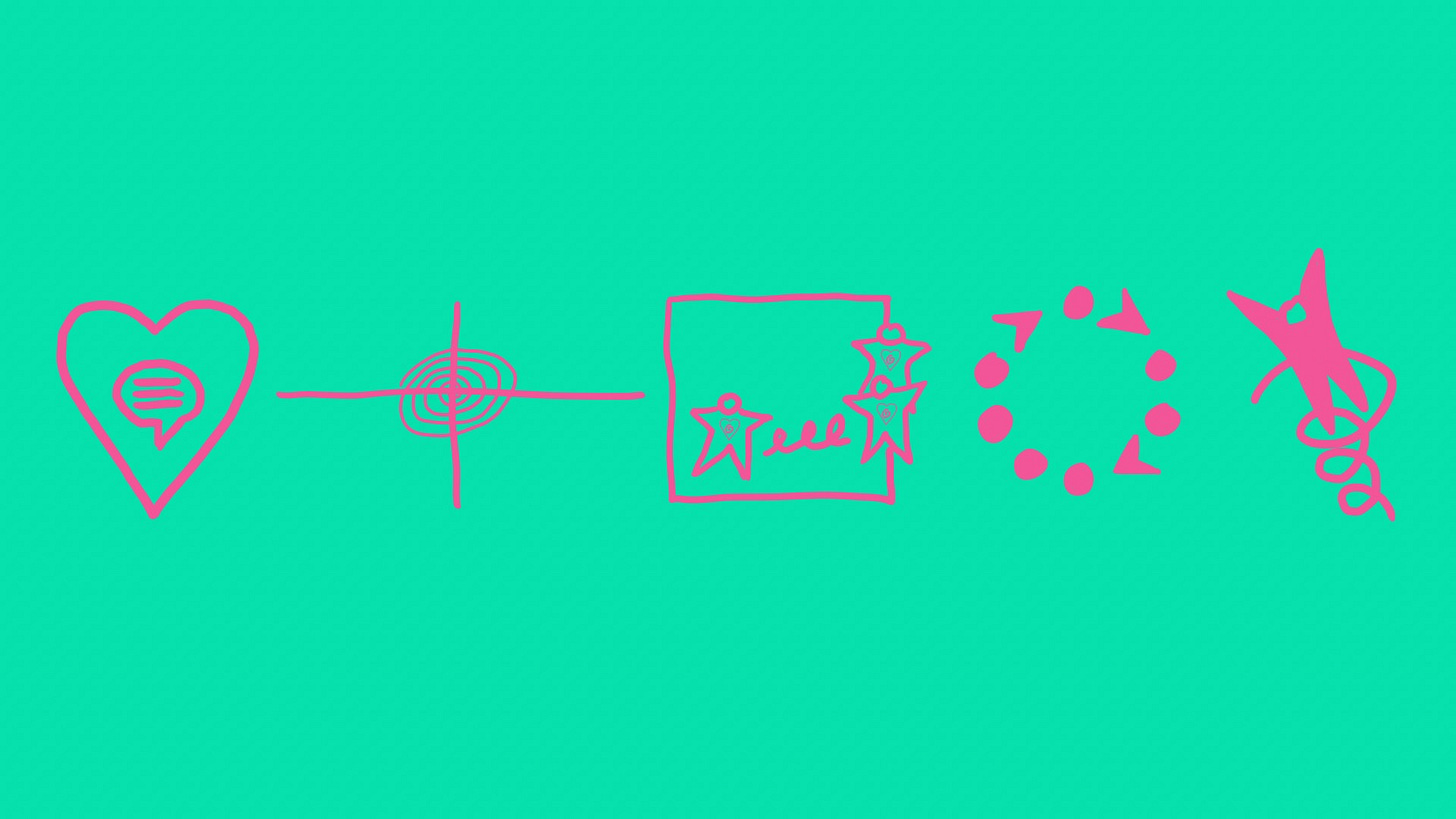
There is however another thing that is well understood amongst more advanced practitioners that may be harder to make legible for those starting out. Nevertheless this aspect is important because it paints dots on the horizon for what is possible with LS. This has more to do with recombination, customizing and especially nesting elements/parts of one structure inside of another. Let’s go with braiding to meet the metaphor of stringing.
In order to explore it let's highlight a couple of the Attributes of LS.
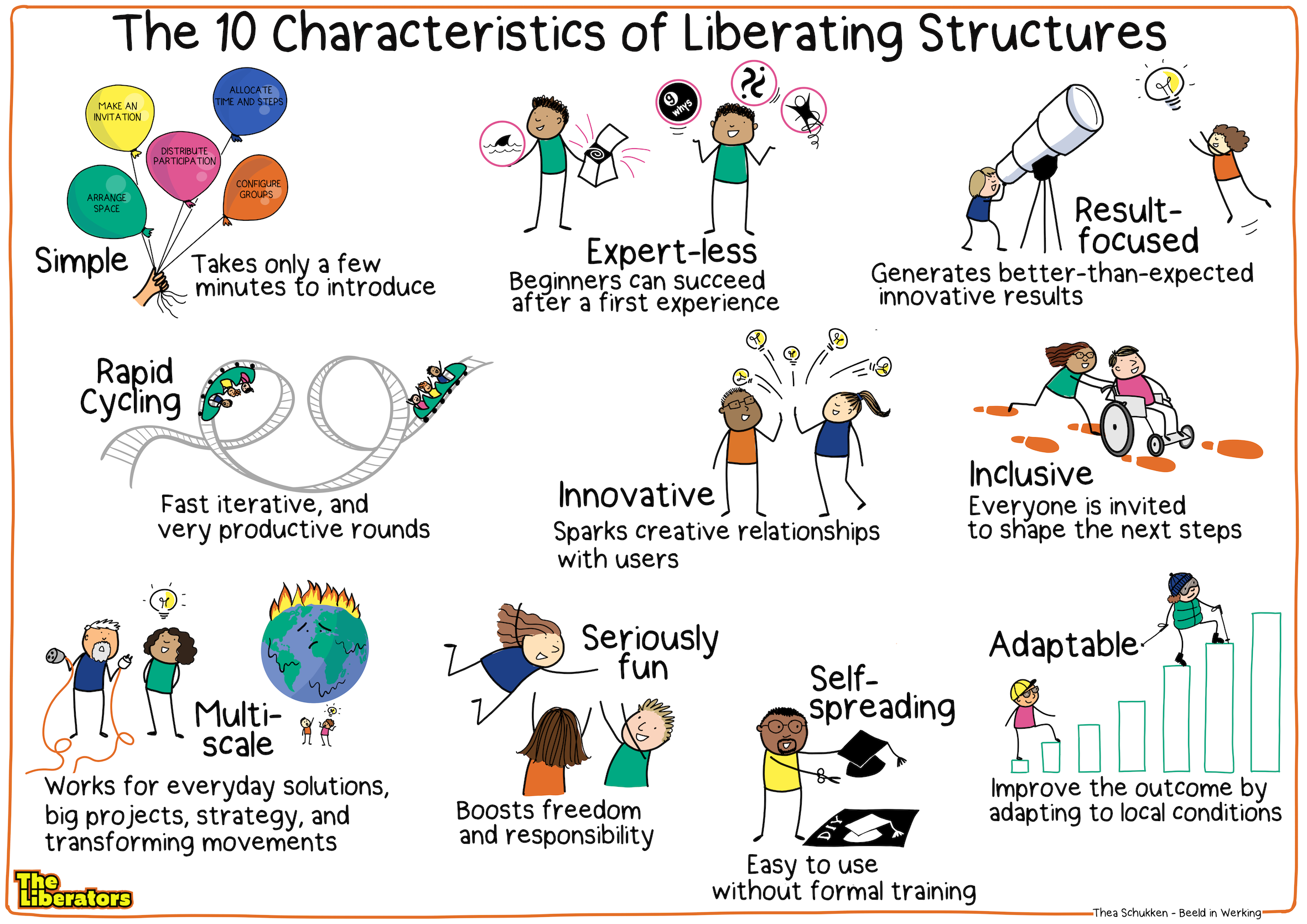
These are all good to know in order to describe LS but the two that are most related to our scope of understanding braiding are Multi-Scale and Modular. LS work at many scales. There are several different ways to observe this quality. First is that you can use them with groups of many sizes from 1 (they can frame my thinking) to 200 (we can use them to chaordinate). Next is that each structure can be used at for example both micro and macro scales. From this lens we can see a Panarchy-like way that we can use LS at or on different temporal scales or scales of abstraction. In this String I used 1-2-4-All as more of a macro structure to organize the logic of the entire 90 minute conversation. So I can increase the scale of a Micro-Structure, ordinarily used within a larger conversation or meeting, to become the frame of a larger conversation as well.
This resulted in starting the string with Spiral Journal, because it is an exercise that expands the 1 space of silent reflection, helps us change contexts from what we were doing before to what comes after and gather our own thoughts and feelings for what comes next. Then we use Heard Seen Respected for the 2-4 of the conversation and added Discovery Action Dialog for the All.
Now for Modular. There are different types of LS that foreground the 5 Design Elements of:
-
How participation is distributed
-
How groups are formed
-
Set of steps over time
-
Invitations, prompts and questions
-
How space is organized and materials are used
Every LS is a set of instructions for each of these Design Elements resulting in a unique format or pattern for a specific conversation.
Each of those Specific Instructions for each Design Elements is itself a module that can be recombined with others to infinitely remix and create new LS. In the above string I used the first set of steps from an LS in Development, Grief Walking, which itself contains the Pattern of Spiral Journal, and replaced the first of Grief Walking’s prompts with that of Heard Seen Respected. The result is a hybrid structure where the Spiral Journal contains both Heard Seen Respected and Grief Walking in order to make contact with challenging sensations.
Aside from this braiding with Spiral Journal, it's a pretty traditional string with a well established pair of Heard Seen Respected into Discovery Action Dialog. The output of each preceding structure becomes the input of the following. In this way we can provide a more enriched context, filled with feeling for the problem space, before we go filling in the solution space.
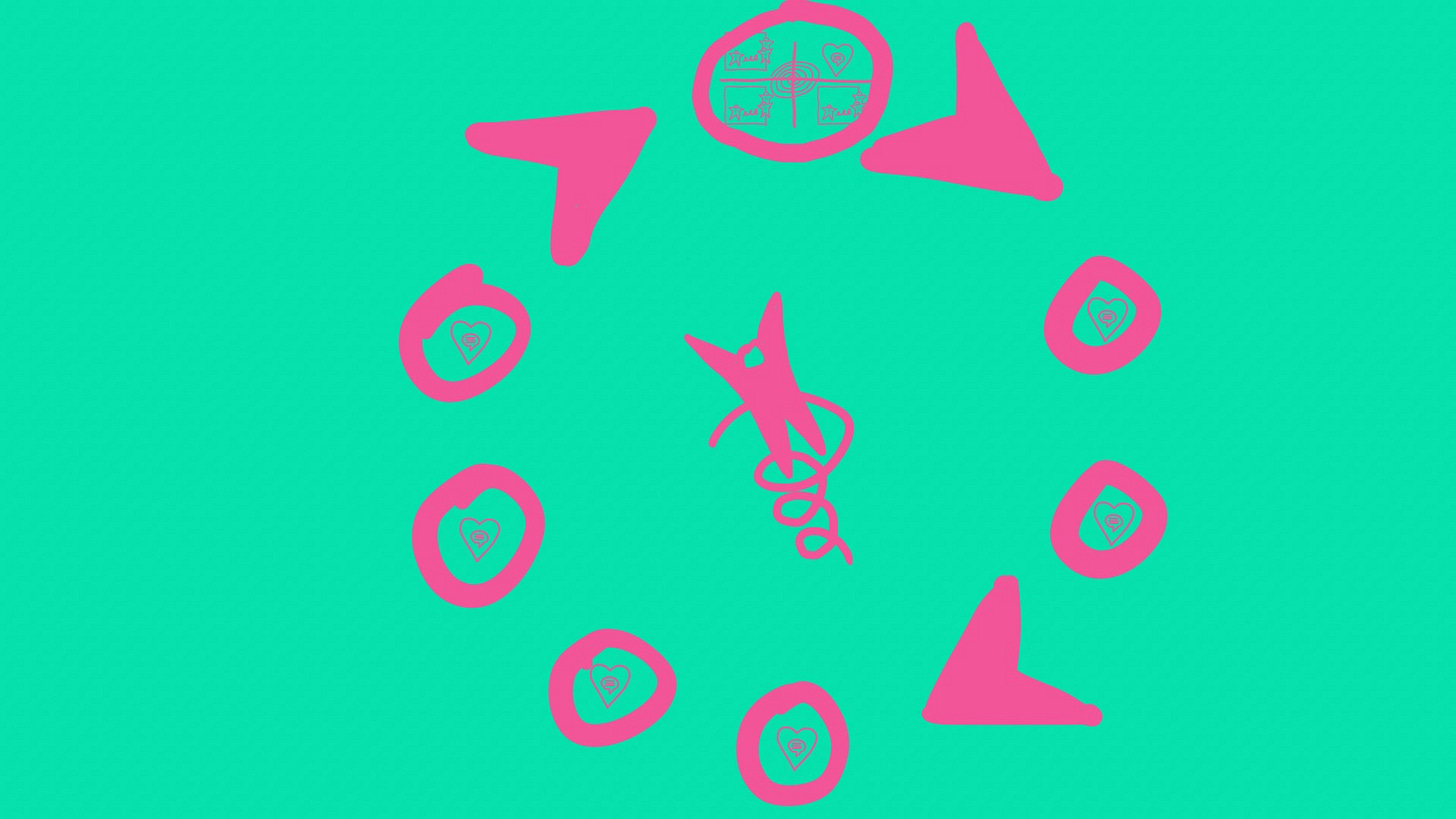
Recognizing these attributes of…
-
Modularity: seeing that not only is each LS a module but modules of Design Elements
-
Multi-Scale: that can be expanded and shrunk at will
And developing these skills of…
-
braiding: recombining Design Elements to create new structures
-
stringing: sequencing LS together to guide longer conversations around more complex and challenging topics
…in ways that help me to meet the needs of any context is what continues to surprise me most about the power of Liberating Structures.




评论 (0)